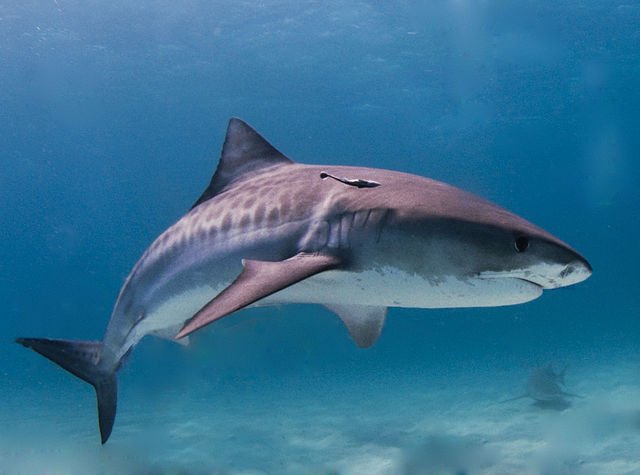Did you know that plants make up 80 percent of the food we eat and produce 98 percent of the oxygen we breathe? At home gardening is a great way to learn how important microorganisms, soil, and plants are. Without plants there would be absolutely no food to eat or oxygen to breathe. Gardening also allows you to try new vegetables and fruits that you may have never tried before: such as passion fruit, yellow cucumber, and kohlrabi.
There are many types of gardening that are easy to start at home. Container gardening is great for beginner gardeners and apartment homes. Simply purchase a large pot with your favorite vegetable and start planting. Growing potatoes in large pots is great because when it comes time to harvest you can simply pour out your container and collect your potatoes.
Raised bed gardening is the most popular form of gardening. This method of gardening requires raising the height of the planting area with wooden boards then filling the area with garden soil. The reason why this style of gardening is the most popular is because sometimes the in-ground soil is too difficult to plant in. This can be due to heavily rocky soil and clay soil.
Peppers growing on a raised bed in the Science Mill Food Forest
In-ground gardening is mostly used in agriculture although it can be found in home gardens as well. In-ground gardening is pretty self explanatory; This is when you plant fruits or vegetables directly into the ground. Fun fact, about 38% of the earth's surface is farmed land, which is typically in-ground planting.
Hydroponics and Aquaponics is a cleaner type of gardening that requires absolutely no soil. Hydroponics is the growing of plants in water with the addition of supplemental nutrients and air stones. Aquaponics, like what you’d see at the Aquaponics Greenhouse here at the Science Mill, is just like hydroponics but replaces supplemental nutrients with fish. Instead of the supplemental nutrients, the fish provide the nutrients for the plants with the addition of microorganisms. This way of gardening also consumes less water — up to 10 times less water than traditional agriculture watering methods in fact!
Aquaponics Grow Towers at the Science Mill Aquaponics Greenhouse
Vertical gardening, the last form of gardening that can be accomplished at home, is growing plants in vertical towers. These towers can be purchased from a company or DIYed at home. This type of gardening is most popular in smaller living spaces because it allows you to get creative on where to grow your plants without taking up so much space.
Curious to learn more in person? The Science Mill is opening a new exhibit called a Food Forest this August 19! This exhibit, made possible by HEB’s Our Texas, Our Future initiative and the Favrot Fund, highlights the importance of at home gardening, technology, and regenerative agriculture. We will be opening three brand new raised garden beds that are filled with edible plants as well as unique plants that are so exciting to look at and learn about. Plan your visit today!























